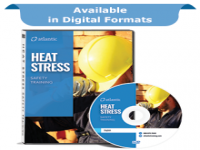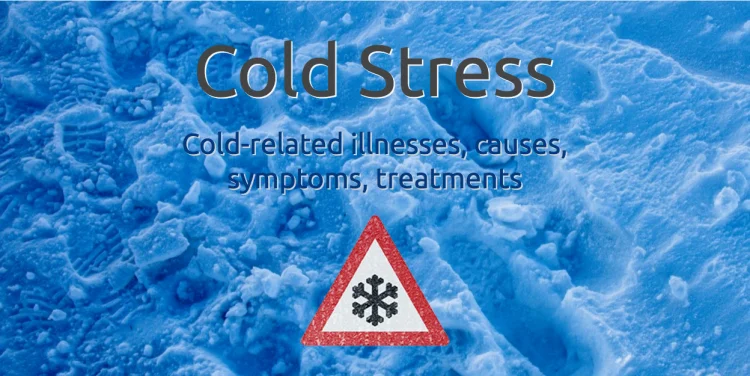Hey Atlantic Training, my team does pretty well in hot temperatures. Why should we take your courses on heat stress training?
Heat stress doesn’t need a hot climate to occur. Employees can experience heat stress from working in confined, indoor conditions, or in areas where the air conditioning isn’t working. In more mild cases, heat stress can result in dehydration, heat rash, and heat cramps. In more serious cases, heat stress can lead to heat strokes and fatalities. This is why OSHA takes heat stress training so seriously. OSHA requires training around heat stroke and has suggested working restrictions designed to keep your employees safe. Age, obesity, high blood pressure, heart problems, and medications can all affect susceptibility to heat stroke. As an employer, it’s your job to provide training and mitigate the risks of heat stroke, even if you believe your workforce is not at risk.









